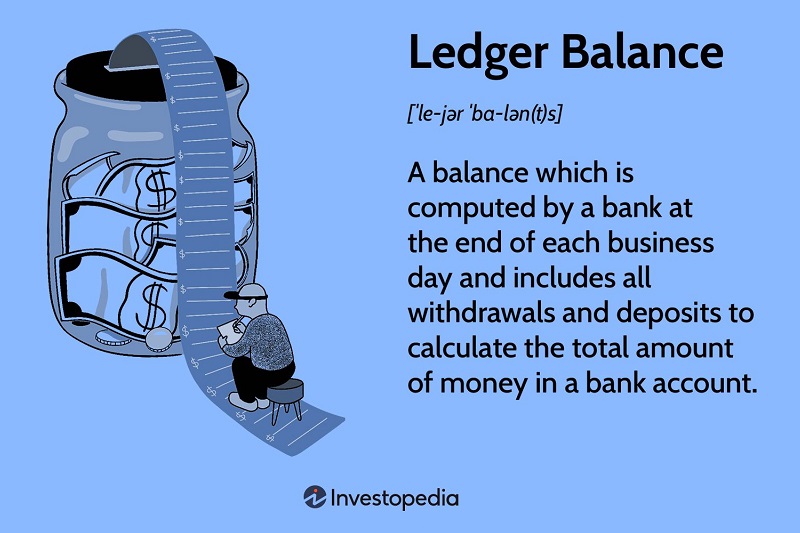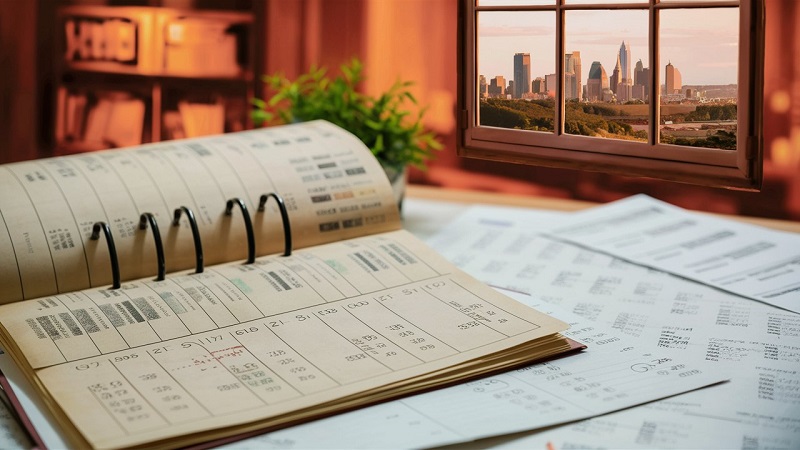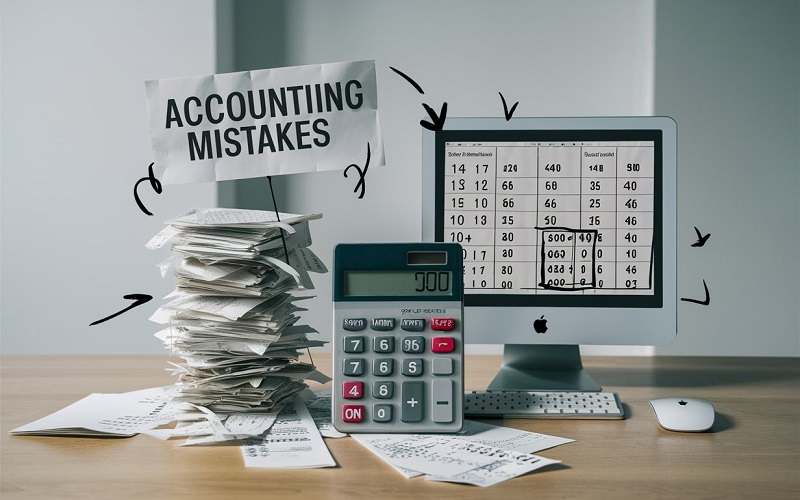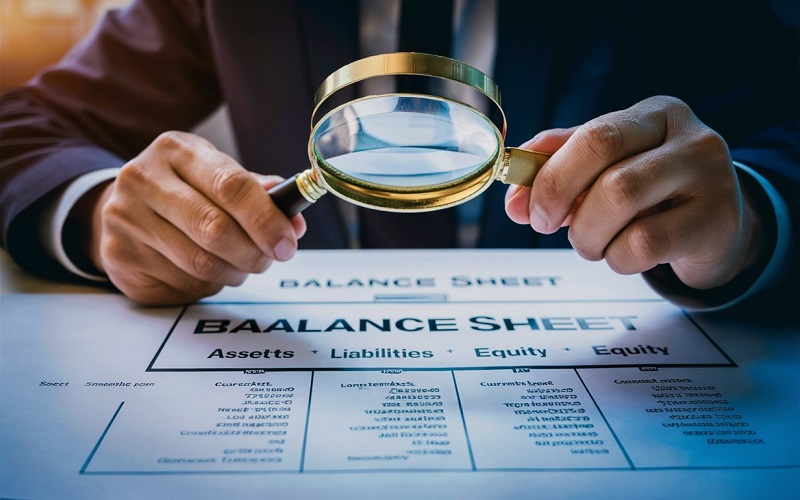
From Broke to Booming: The Ultimate Guide to Small Business Financial Performance
June 3, 2024
Cash Basis vs. Accrual Explained: The Guide for New Businesses (No More Confusion!)
July 16, 2024Part 1: Understanding Available and Ledger Balance
Navigating your finances requires a clear understanding of the money you have access to. In the world of checking and savings accounts, two crucial terms emerge: available balance and ledger balance. While they may seem interchangeable at first glance, these concepts hold distinct meanings that can significantly impact your spending decisions.
What is Available Balance?
The available balance represents the funds in your account that you can immediately withdraw or use for transactions. It’s essentially a snapshot of your current spending power, reflecting completed transactions and factoring in any pending transactions that haven’t yet been finalized.
Here’s a breakdown of the available balance concept:
- Definition: The amount of money readily accessible in your account for spending or withdrawal.
- Availability of Funds: This balance applies primarily to checking accounts, where funds are readily available. Savings accounts may have restrictions on withdrawals depending on bank policies.
- Cleared Transactions: Only transactions that have been fully processed and reflected in your bank’s system are included in the available balance.
What is Ledger Balance?
The ledger balance, on the other hand, represents the official record of your account’s total balance maintained by the bank. It reflects all transactions, both completed and pending, but only after they have been posted by the bank.
Let’s delve deeper into the concept of ledger balance:
- Definition: The official record of your account’s total balance as per the bank’s system, reflecting all processed transactions.
- Ledger Balance as the Official Bank Record: This balance is the one used by the bank to generate statements and determine account fees.
- The Role of Posting Dates: Transactions are not reflected in your ledger balance instantaneously. They are “posted” at specific times during the day or night, impacting when they are reflected in the official record.
Available Balance vs. Ledger Balance: A Head-to-Head Comparison
While both available and ledger balance represent your account’s financial standing, they offer different perspectives:
- Similarities: Both balances reflect the overall amount of money in your account. They are crucial for managing your finances and avoiding overdrafts.
- Key Differences:
- Timeframe: Available balance reflects your current spending power, considering pending transactions. Ledger balance reflects your official account balance after all transactions are posted.
- Accuracy: Available balance may not be entirely accurate due to pending transactions. Ledger balance represents the most accurate picture of your account after processing.

Part 2: Diving Deeper into Available and Ledger Balance
Understanding the factors that influence your available and ledger balance empowers you to manage your finances effectively.
Factors Affecting Available Balance
The available balance is a dynamic figure that fluctuates based on various factors:
- Pending Transactions: These include debit card purchases, ACH transfers, or checks written but not yet cleared by the bank. Until these transactions are processed and deducted from your account, they can reduce your available balance.
- Holds: Sometimes, banks may place holds on your funds, restricting their availability. This can happen due to pending checks you’ve deposited, ATM withdrawals exceeding your daily limit, or potential fraudulent activity.
- Deposits in Process: Deposits, especially cash or mobile deposits, may take time to verify and become available for spending. This can temporarily decrease your available balance until the deposit fully clears.
Factors Affecting Ledger Balance
The ledger balance reflects the official record of your account’s activity and is primarily influenced by:
- Completed Transactions: Once transactions are fully processed (debits and credits are posted), they are reflected in your ledger balance. This includes completed debit card purchases, ATM withdrawals, and deposited funds that have cleared.
- Periodic Updates: Banks typically update their ledger balances daily or nightly during batch processing. This means there may be a slight delay between a transaction occurring and its reflection in your ledger balance.
When Does My Available Balance Update?
The frequency of available balance updates depends on your bank’s system. Some banks provide real-time balance information, reflecting changes almost instantaneously after a transaction occurs. However, this may not be the case for all banks. For others, the available balance might update periodically throughout the day or even overnight.
It’s important to be aware of your bank’s specific policies regarding available balance updates. This knowledge can help you avoid potential overdrafts or insufficient funds (NSF) charges that occur when you attempt to spend more than what’s reflected in your available balance.
How to Reconcile Your Available and Ledger Balance
Reconciling your bank statements regularly is crucial for maintaining accurate financial records. This process involves comparing your bank statement, which reflects the ledger balance, with your personal checkbook register or budgeting app.
By meticulously going through each transaction, you can identify any discrepancies between your records and the bank’s. This can help you catch errors like missed deposits, unauthorized charges, or processing delays that might impact your available and ledger balance.
The Impact of Available and Ledger Balance on Your Spending
Understanding the difference between available and ledger balance is vital for responsible money management. Here’s how it impacts your spending:
- Avoiding Overdrafts and Insufficient Funds Charges: By being mindful of your available balance and avoiding spending beyond that limit, you can prevent overdrafts and the associated fees.
- Maintaining a Buffer Between Available and Ledger Balance: Keeping a buffer between your available balance and what you actually spend allows for processing delays and unexpected transactions. This helps you avoid accidentally dipping into negative territory.
- Responsible Money Management Strategies: By monitoring both balances, you can make informed spending decisions, ensuring you have enough readily available funds to cover your needs.
By understanding these factors and adopting responsible money management practices, you can navigate your finances with confidence and avoid any unpleasant surprises.
Part 3: FAQs on Available and Ledger Balance
Here are some frequently asked questions (FAQs) that can help clarify any lingering confusion regarding available and ledger balance:
- Q: What if My Available Balance is Higher Than My Ledger Balance?
A: This can occur if you’ve recently made a deposit that is still processing and hasn’t been reflected in your ledger balance yet. The available balance, however, considers this pending deposit, making it temporarily higher.
- Q: Can I Spend My Available Balance Even if It Hasn’t Cleared Yet?
A: Technically, yes. The available balance represents the funds the bank believes you have access to. However, spending based on uncleared funds carries a risk. If a pending transaction doesn’t go through or takes longer than expected to clear, it can lead to an overdraft and associated fees.
- Q: How Long Does it Take for a Deposit to Reflect in My Available Balance?
A: The processing time for deposits can vary depending on the type of deposit and your bank’s policies. Generally, cash and mobile deposits may take 1-2 business days to clear and become available, while electronic deposits (ACH transfers) might be available sooner, sometimes within the same business day.
- Q: How Can I Avoid Confusion Between Available and Ledger Balance?
Here are some tips:
- Regularly Check Both Balances: Make it a habit to review your available and ledger balance frequently. This can be done through online banking, mobile apps, or by calling your bank.
- Be Mindful of Pending Transactions: Always factor in pending transactions when considering your available balance. Avoid spending close to your available limit, especially if you have outstanding checks or debit card purchases.
- Reconcile Your Accounts Regularly: Regularly reconciling your bank statements with your personal records helps identify discrepancies and ensures your understanding of both available and ledger balance is accurate.

Part 4: Conclusion
Throughout this article, we’ve explored the critical differences between available balance and ledger balance. Remember, both play essential roles in managing your finances effectively.
- Recap of Key Differences Between Available and Ledger Balance
- Available balance reflects your current spending power, considering pending transactions.
- Ledger balance represents the official record of your account’s total balance after all transactions are posted by the bank.
- Importance of Understanding Both Balances for Financial Awareness
- Knowing the distinction between available and ledger balance helps you make informed spending decisions.
- It allows you to avoid overdrafts and unnecessary fees associated with insufficient funds.
- Monitoring both balances empowers you to maintain accurate financial records and manage your cash flow effectively.
- Tips for Managing Your Checking Account Activity
- Regularly review your available and ledger balance through online banking or mobile apps.
- Be mindful of pending transactions and avoid spending close to your available limit.
- Develop a habit of reconciling your bank statements to ensure accuracy and identify any discrepancies.
- Consider maintaining a buffer between your available balance and your actual spending to account for processing delays.
By incorporating these insights into your financial habits, you can gain greater control over your finances and navigate your spending with confidence. Remember, a clear understanding of your available and ledger balance is a powerful tool for responsible money management.</p
Resources
- Can you explain the difference between ledger balance and available balance?
- What is the difference between my available balance and my ledger balance?
- The Difference Between Available and Ledger Balance
DISCLAIMER: The information in this article is for informational purposes only and is not meant to take the place of legal and accounting advice.




